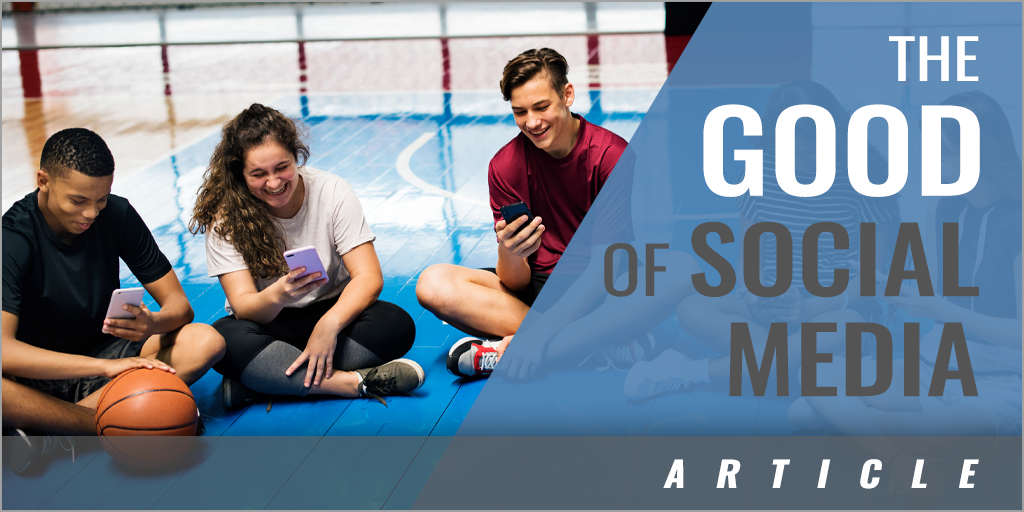|
By: Becky Burleigh - (Retired) Univ. of Florida Originally Published in: Winning Ways of Women Coaches Provided by: Human Kinetics Most athletes have outward-facing social media as well as inward-facing social media. You can post things on your private Instagram page or Snapchat that is not going out to everyone, and it can be really negative or not as nice as it maybe should be. But their public-facing social media could be totally different. Social media is a really amazing tool that can help us connect with our athletes, but when they slip and put something that negatively or improperly presents their views, it has a real downside for them - and for the program they represent. Furthermore, our athletes are not likely to easily shrug off a negative or demeaning post by someone outside the program, even if the person responsible for the post doesn't even know them. I am now coaching athletes who have never not had social media, and I am concerned about the effect it has on their long-term mental health. While I am a fan of the careful and proper use of social media, in general I don't like the effect it has on our players. President Theodore Roosevelt reputedly said, "Comparison is the thief of joy," and social media has magnified that 10,000 times, especially for young women. I believe it has a worse effect on women than it does on men because we often care so much about what other people think about us. On the other hand, social media can be a great platform for education if focused on individuals and organizations that are somehow enhancing our knowledge and appreciation of the things that are important in our lives. I'll find interesting or educational things from others and repost them. It is educational and enjoyable for me. I can follow any coaches at any level and have access to the best coaches in the world. I would never have access to them without social media. For example, Kara Lawson, women's basketball coach at Duke University, puts a lot of good content out on Twitter, and while I'm not actually in her basketball practices, I do get to see little glimpses of her in the gym and see what she is thinking and doing, and I think that's pretty insightful. I also search for and save things from social media to use with my team. If our team is struggling with being resilient, I'm going to search for things I think can provide a bite-size, media-driven clip of resilience that my team will relate to. It is much more effective than me standing up and talking to them about resilience. I can show them a 45-second video as opposed to me just talking at them. So, while social media certainly has its ugly side, if used constructively and responsibly by you and your athletes, it can be an excellent tool for learning and sharing. In that way, you are promoting the kind of open exchanges with your athletes - giving them a voice - that benefits them, you, and your program. |






